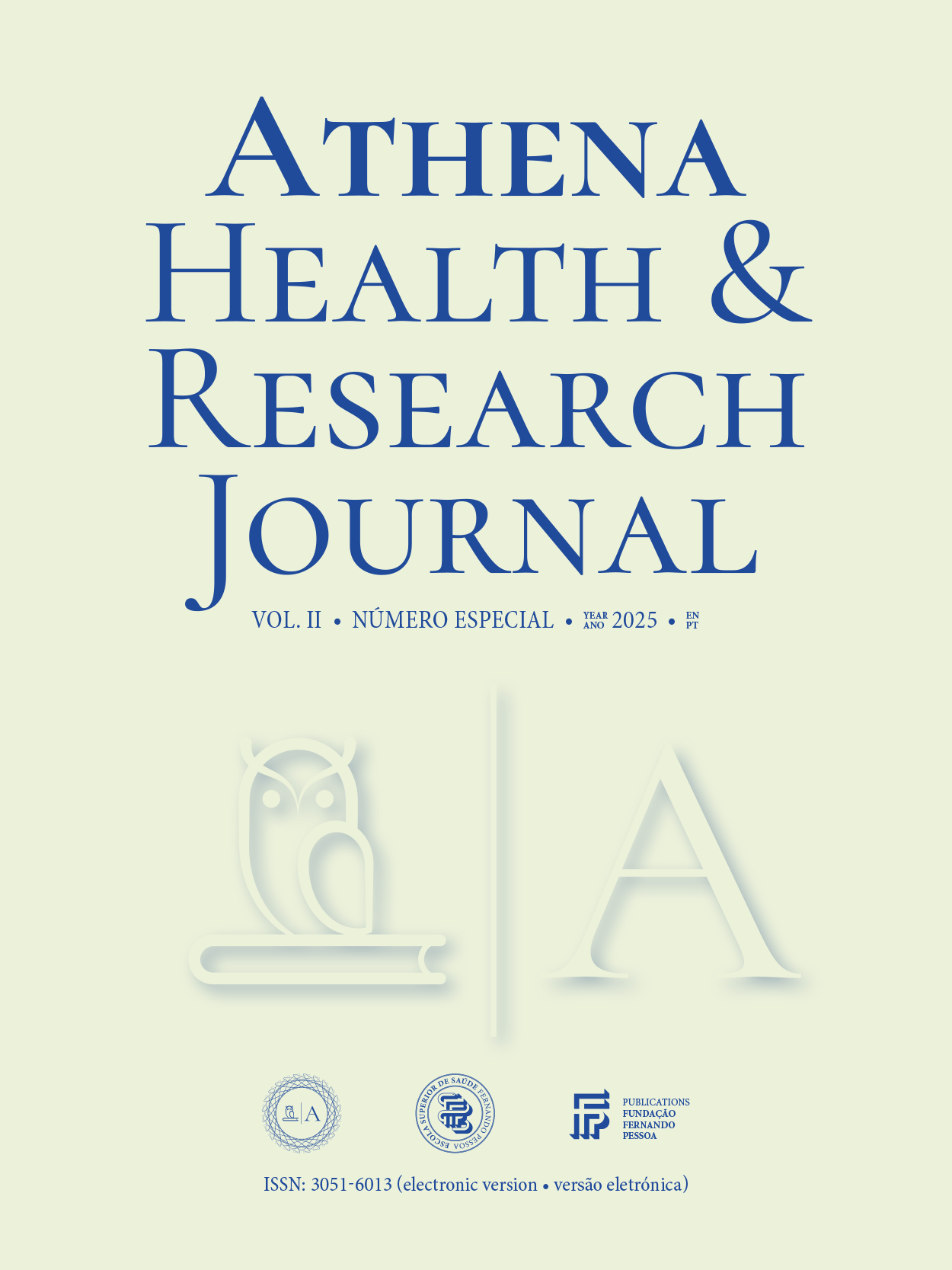The humanizing communication on Instagram: Content analysis of a B2B pharmaceutical company
DOI:
https://doi.org/10.62741/ahrj.v2iSuppl..62Keywords:
Digital communication, Humanization, Instagram, Marketing B2B, Pharmaceutical industry, Content analysisAbstract
Introduction: The digitalization of corporate communication and the emergence of communication channels such as social media pose increasing challenges to B2B companies, particularly in the pharmaceutical sector. In this specific sector, factors such as trust and proximity are essential for consumer satisfaction and loyalty. On social media, Instagram stands out as a strategic platform for adopting humanization strategies, and mitigate digital impersonality.
Objectives: This study analyzes the application of humanization techniques by a B2B pharmaceutical company on Instagram, identifying the frequency and nature of these techniques, their relationship with content formats, and their impact on performance indicators.
Methodology: A content analysis of feed posts on the Instagram account of a B2B pharmaceutical company was conducted during March 2025. Ten humanization techniques identified in the literature were coded and analyzed, both quantitatively and qualitatively, with digital metrics recorded.
Results: The analyzed company applies humanization techniques in a fragmented manner, predominantly using emojis and storytelling, with limited bidirectional interaction. A direct relationship was observed between the number of techniques applied and the performance of the posts. Moreover, the Reels format stood out for its high degree of humanization and better results.
Conclusion: The study underscores the importance of a humanized communication strategy for corporate evolution and success, achieved through the integrated adoption of multiple techniques that reinforce trust, engagement, and digital reputation in the B2B pharmaceutical sector.
References
Miguel I, Silva M. Desafios e estratégias de co-municação digital numa organização educativa em Portugal, no período pandémico COVID-19. Comunicação e Sociedade. 2023;43:e023013. doi:10.17231/comsoc.43(2023).4462
Albu OB, Wehmeier S. Organizational transpar-ency and sense-making: The case of Northern Rock. J Public Relations Res. 2013;26(2):117–133. doi:10.1080/1062726X.2013.795869
Ashley C, Tuten T. Creative strategies in social media marketing: An exploratory study of branded social content and consumer en-gagement. Psychol Mark. 2015;32(1):15–27. doi:10.1002/mar.20761
Sewak S, Lee J, Haderlie TC. Brand posts with memes on social media: Perceived humor and consumer engagement. J Consum Mark. 2025;Ahead of print. doi:10.1108/JCM-09-2024-7221
Nielsen AE, Thomsen C. Reviewing corporate social responsibility communication: A legiti-macy perspective. Corp Commun Int J. 2018;23(4):492–506. doi:10.1108/CCIJ-04-2018-0042
Han Y. The impact of digital media on language styles and communication methods based on text, image, and video forms. Lect Notes Educ Psychol Public Media. 2024;40(1):211–219. doi:10.54254/2753-7048/40/20240754
Yan K. The impact of social media on corporate social responsibility: Motivations, practices, and outcomes. Adv Econ Manag Polit Sci. 2025;162:119–124. doi:10.54254/2754-1169/2025.20366
Akhvlediani A. The role of emoji in digital communication. Enadakultura. 2024;32(2). doi:10.52340/lac.2024.32.02
Kang JA, Hong S, Hubbard G. The role of story-telling in advertising: Consumer emotion, nar-rative engagement level, and word-of-mouth intention. J Consum Behav. 2020;19(1):47–56. doi:10.1002/cb.1793
Wilson G, Johnson O, Brown W. The influence of social media marketing on brand loyalty. Preprints. Published online 2024. doi:10.20944/preprints202408.0332.v1
Chen M. Brand marketing strategies under so-cial media. Adv Econ Manag Polit Sci. 2024;85:190–195. doi:10.54254/2754-1169/85/20240875
Kemp E, Childers CN, Williams KH. A meta-analysis of consumer engagement with social media brand content. J Acad Mark Sci. 2021;49:270–292. doi:10.1007/s11747-020-00726-5
Downloads
Published
Issue
Section
License
Copyright of published papers is assigned to the Journal, but all content is licensed under the terms of Creative Commons Non-comercial 4.0 International License. Thus users are allowed to read, download, copy, distribute, print, search, or link to the full texts of the articles, or use them for any other lawful purpose, without asking prior permission from the publisher or the author. This is in accordance with the BOAI definition of open access.














